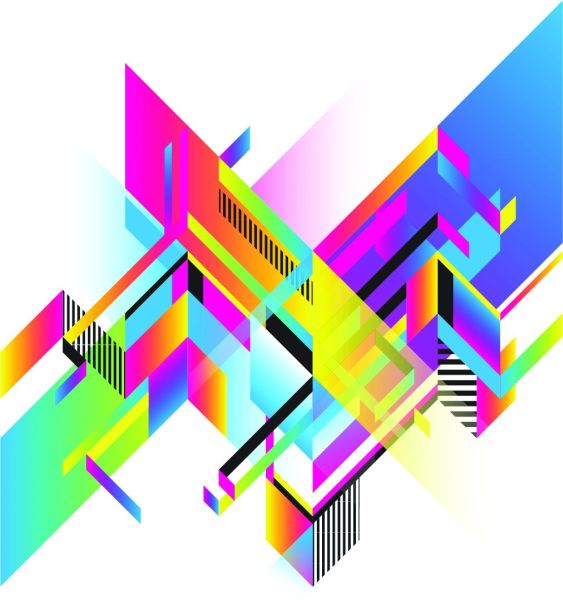PART C METHODOLOGICAL APPROACHES IN ART, MEDIA AND DESIGN

In this part we will look at how the academic disciplines of art, media and design have developed in relation to the emergence of various methodologies, or systems or methods used in particular areas of study. We will be thinking about verbal discourses and their relationship to visual images.
HISTORICAL BACKGROUND
In earlier periods, verbal discussions of visual artefacts were largely motivated by the practical necessity of providing descriptions. Often, paintings, sculptures, textiles, ceramics and so on were themselves not readily accessible, and, before mass reproduction of images was made possible through printing, and when travel was difficult, there was a demand for substitute or surrogate written texts that provided a record of what these visual artefacts looked like. The need arose to produce verbal equivalents or translations. These were often organised in relation to the biographies of individuals and the evolution of styles. They were eulogistic (formally expressing praise). Special status was granted to the making of art, and artworks were seen as reflections of the preconceptions, innovations or state of mind of the maker. As a result, art tended to be isolated from broader social contexts.
In the late nineteenth century, the academic discipline of art history emerged as a field of study. This discipline sought ...
Get The Winchester Guide to Keywords and Concepts for International Students in Art, Media and Design now with the O’Reilly learning platform.
O’Reilly members experience books, live events, courses curated by job role, and more from O’Reilly and nearly 200 top publishers.

